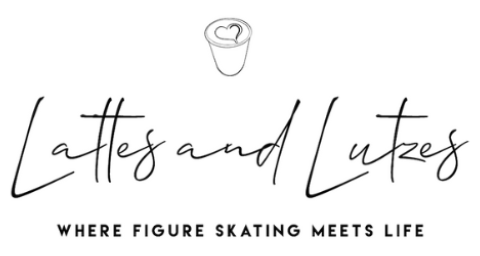How to gear up for your figure skating adventure

Learning to skate at any age can be a great experience, but it can also be overwhelming to know where to start, especially with what equipment is needed. I sat down with the owner of Home Ice, Skate Technician, fellow skater, and coach, Aislinn Munck-Owen, and we spoke about some tips to get you started off on the right skate. I hope you find this post helpful and look forward to hearing your comments and questions below.
Do I really need my own skates?
Taking your first lesson or two on rental skates can be an excellent way to find out if you truly have an interest in the sport. Many rinks offer a rental option, but I would advise you to call ahead of your first lesson to be sure your rink offers rental skates and at what cost. That said, rental skates are really meant for recreational skaters who are going out a couple of times a year on a public session. They do not have the same support as true figure skates, and their blades are not maintained the way you would want to learn turns. So once you’ve skated a couple of sessions on your rentals, you’ll want to consider purchasing a pair of skates.
What are the best kinds of skates to learn on?
Well, that question comes with an ‘it depends on the skater’ type of answer. It truly is very personal, but here are some helpful parameters. One of the first things I’ll delve into is the skate’s purpose, and by that, I mean you can purchase skates online and from athletic or department stores, but those are pretty much like purchasing a pair of rental skates. Meaning, you own them, but the boot and blade are not really aimed at helping you learn turns or supporting your feet and ankles. Once you’ve committed to lessons, you’ll want a skate that helps you out. These are from skate manufacturers such as Jackson, Reidell, Edea, and Risport, to name a few. These companies are in the business of making figure skates and offer a variety of types from beginner learners to Team USA members.
Unfortunately, skates are not like sneakers in that they are sized differently, and you may even be in a different size depending on the skate brand. Your best bet is to look for a skate shop near where you are taking lessons and make sure they have a skate technician who specializes in figure skates. You guessed it, hockey and figure skates are their own niche area.
A skate technician who specializes in figure skates will be the best person to fit you to your skates. Often when first starting out, your boot and blade will come as one package. Once you advance in the sport, the skate boot and skate blade are sold separately and become even more customized.
Open the lines of communication
One important note here is to be transparent with the skate technician on what you are doing on the ice. For example, “this is my first pair of skates, and I am just starting group lessons and plan to skate 1-2 times per week.” This information will be very helpful for the technician to know how much boot or blade you will need in addition to the size of the skater. Skates are a tool that will progress alongside you. Meaning purchasing a more advanced or more expensive skate or blade won’t necessarily help you and could even get in the way of progress. A stronger boot than needed, we call this ‘over-booting a skater’, will get in the way of the ankle bend needed to properly execute turns or learn jumps and spins, whereas a blade that’s too advanced for a skater can be very difficult for a beginner to find their balance on. Your skate technician will also sharpen your blades once you have chosen your skates – fun fact, skates do not come sharpened out of the box!
Besides the skates, what is needed?
You’ll want a thin pair of socks so you can feel where your foot is in the skates. Translation in skating language where you are on your blade. And your skates will need some accessories too. A towel for drying your blades after each skate, soakers or soft guards for storing your skates and protecting the blades, and a pair of hard guards for walking in your skates (you’ll slip these off just before stepping on the ice). These protect your blades from any dirt, rough flooring, flooring without mats and generally make walking in skates a bit easier.
What’s the latest in skating fashion?
Ok, you don’t need the latest fashion trend, but you will need clothing you can move around in and feel comfortable. Layers are truly the key here. If you are skating indoors, you won’t need as much but will want to be able to remove a top layer as you get moving. There is specialty skating pants and tops, but equally effective are stretchy athletic gear from mainstream manufacturers or even Amazon. If your lesson is outdoors, I would add an extra layer to the top that helps break the wind. A final note is many beginners choose to wear a helmet while they are still learning their balance and how to fall safely on skates. Don’t forget the mittens or gloves!
What’s your biggest concern or question when it comes to starting your figure skating journey? Comment below and let’s chat!




